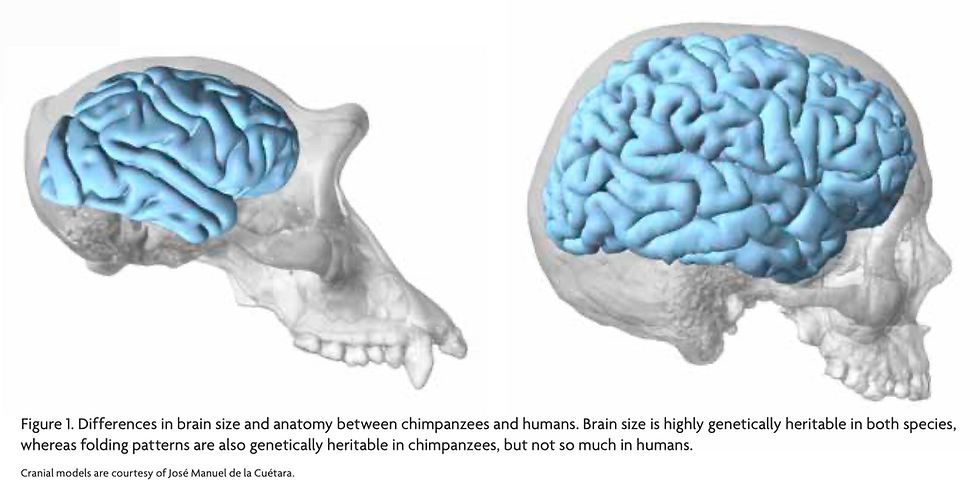Evolution of Bipedalism
- Wu, Bozhi

- Mar 13, 2019
- 2 min read

Outline three reasons natural selection may have favored bipedal locomotion in the hominin lineage. In each case, explain why hominins became bipedal but other terrestrial primates, such as baboons, did not.
There are several hypotheses to explain the evolutionary adaptive advantages of bipedalism. However, there still is not a definite answer for this question.
One of the hypotheses is that bipedalism first evolved as a kind of feeding adaptation for the early hominins to harvest fruit either arboreally or from the ground. By standing upright, they would be able to use both hands for collecting fruit, which is more efficient. Other terrestrial primates do not develop bipedalism probably because of their different feeding strategies and the environment they were living in did not pose this selection pressure on them.

The second hypothesis is that bipedalism actually helps with thermoregulation. As some early hominins live within mosaic habitats, heat regulation might be an important stress for them. By standing upright, there would be less solar radiation, therefore heat, transmitted to the body, and there would also be larger a surface area exposed to the wind, which could potentially lower their body temperature in tropic areas. However, as other terrestrial primates were mostly living in woodlands, they could possibly avoid the solar radiation by hiding in the shade of the forests.
And the third hypothesis states that bipedalism’s advantage comes from freeing their hands for carrying and provisioning. This might be a possible explanation because it allowed early hominins to carry more food or tools from place to place, which might in turn increase their chances of survival. Other terrestrial primates did not evolve bipedalism for this reason probably because they lived in different ecologies and had different feeding strategies. Therefore, they did not need to carry food, not to mention tools, from place to place.








Comments